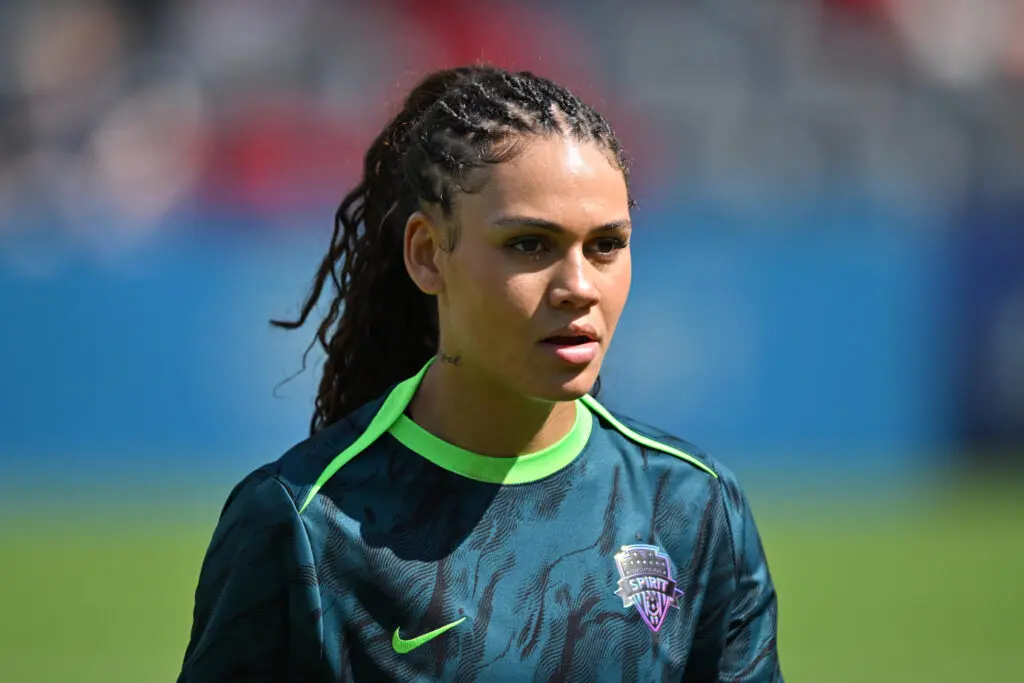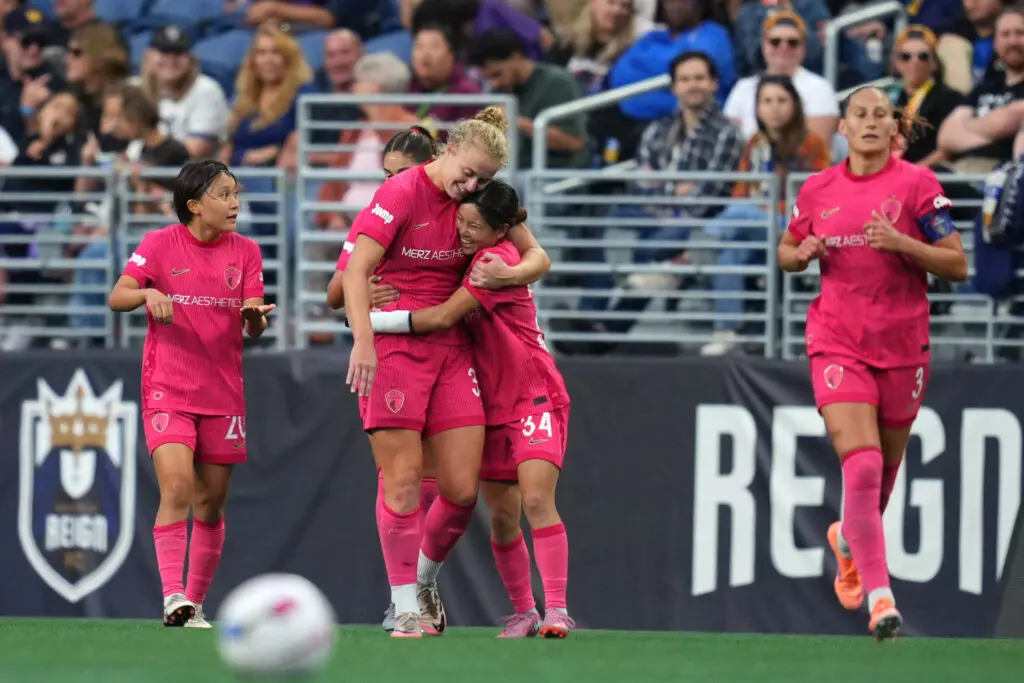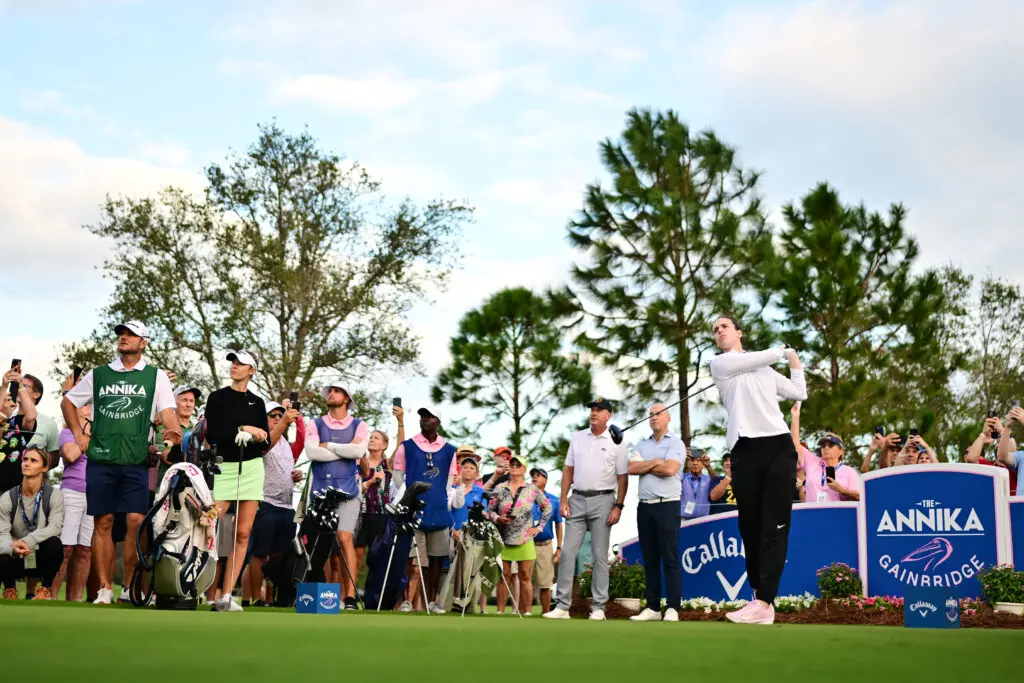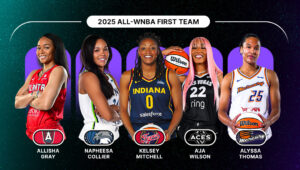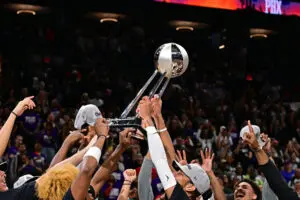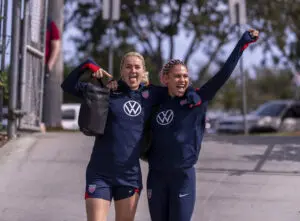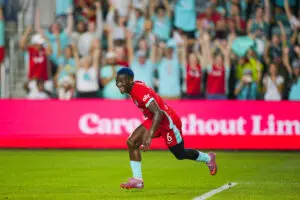By the time Robert Sarver officially became majority owner of the Phoenix Mercury and Phoenix Suns in 2004, Diana Taurasi was a couple of months into her first pro season. The No. 1 pick of the Mercury in that year’s WNBA Draft, she would go on to finish sixth in the league in scoring and be named Rookie of the Year.
It was just the start of Taurasi’s WNBA career, one of the most storied in the league’s 25-year history. And for Sarver, a first-time sports team owner, Taurasi’s arrival that year was fortuitous.
“That was just luck on my part,” Sarver told Just Women’s Sports. “It’s likely I won’t ever have another player like that on my team. She is not only great for our franchise, but great for the sport.”
Lucky as it may have been, what Sarver set out to accomplish from there was purely intentional.
The Mercury, one of four remaining original WNBA franchises, captivated Sarver from the beginning. A lifelong Arizona resident and businessman, he says he went to games and got to know the players over the years, inviting them over to his house for cookouts.
So, when Sarver started looking into buying the NBA’s Suns from owner Jerry Colangelo, he also saw a unique opportunity for growth with the Mercury.
The organization had a tradition of success, having reached the playoffs in three of its first four seasons under coach Cheryl Miller. Building championship-level teams from that foundation, Sarver believed, would help grow the game for girls and women in the community. And Taurasi, a franchise-changing talent, would lead them there.
“We were able to use the entire weight behind the Suns’ organization to help develop the Mercury and take it to another level,” Sarver said. “I would say we kind of over-sized the allocation of resources in order to help build up the team and the organization because it was like a new business, the WNBA. It’s still relatively new for professional sports leagues, but back then it was only seven years old.”

With Sarver’s backing, the Mercury were the first WNBA team to sign a marquee jersey sponsorship deal with Lifelock in 2009. They’ve had jersey sponsorships every year since then, including a badge deal with PayPal starting in 2019.
Last November, the organization unveiled a $50 million, state-of-the-art training facility that the Suns and Mercury share. Funded by Sarver, the Verizon 5G Performance Center includes a gym, weight training, performance analytics and biometrics, a rest and recovery zone and nutritional services. Taurasi spent this past offseason training at the facility rather than playing another season overseas, as many WNBA players do to supplement their salaries.
“I feel like we’re on par with the Suns and how they treat us professionally on the business side of things,” Taurasi said. “I think we have that business support that a lot of teams don’t have in the WNBA. And you can tell when you come to our arena and you drive around the city of Phoenix, we’re a presence in the community.”
Taurasi signed a two-year extension with the Mercury in February and says she’ll keep playing as long as she still feels a drive to compete. The 38-year-old has won three WNBA championships and two Finals MVPs in Phoenix, but still wants to add to her legacy.
It helps that the Mercury have been able to recruit and retain stars like Brittney Griner, their No. 1 draft pick in 2013, and Skylar Diggins-Smith, who signed with Phoenix last offseason. All three players are making the WNBA’s maximum salary this season and next, before Taurasi and Griner become unrestricted free agents in 2023. The Mercury also traded for All-Star Kia Nurse in February and have developed 2019 first-round pick Brianna Turner into a frontcourt mainstay.

Between the roster continuity and on-court product, the Mercury have built one of the most loyal fan bases in the WNBA. They’ve finished in the top three for average fan attendance every year since 2013, per data from Across the Timeline, and they retained 96 percent of their season-ticket holders through the COVID-19 pandemic.
“They’re hardcore, too,” Taurasi said of the fan base. “Some seasons have been rough and they’ll let you know about it, but there’s nothing like having fans that are invested emotionally and want their team to win.”
This year, Phoenix fans will get to enjoy the championship game of the WNBA’s inaugural Commissioner’s Cup, an in-season competition that awards $500,000 in prize money to the winning team. The final game will be held at Phoenix Suns Arena on Aug. 12 and streamed on Amazon Prime as part of the league’s new multi-year partnership with the platform.
To WNBA commissioner Cathy Engelbert, having Phoenix host the first Cup championship is fitting as the league celebrates its 25th year.
Engelbert has been asked repeatedly about the possibility of expanding the WNBA beyond its current 12 teams to create more room for talented players. An organization like the Mercury, she says, represents the standards of success the league would be looking for in future teams.
“If you’re going to expand, you have to find markets where women’s basketball will be supported, where you can build a loyal fan base and, with appropriate investment, you can make it a very successful franchise,” Engelbert said. “That’s how we think about using the Mercury as a role model for how to build a franchise and sustain it for, now for them, 25 years.”
Taurasi has been an integral part of both the investment and the payoff during her 17 years in Phoenix. And for now, as the Mercury get set for their home opener against the Connecticut Sun on Friday night, she doesn’t see herself finishing her career anywhere else.
“I just think it’s a special place to be,” Taurasi said. “This organization is committed to the Mercury and to winning, and those are two things that I value very strongly, that loyalty.”


